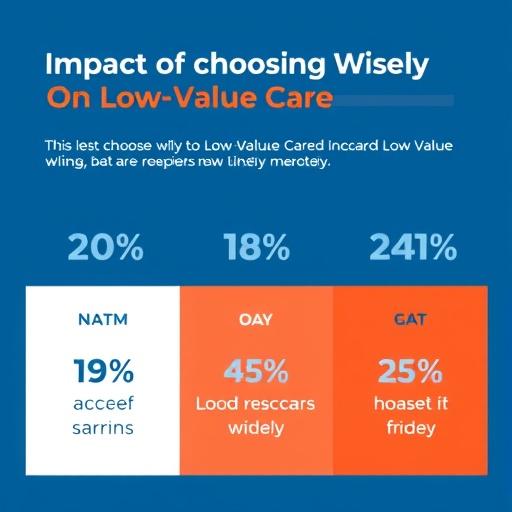Three independent methods of modelling climate change impact on yield display the same bleak tendency: When global temperature increases, wheat yield will decline. This is demonstrated in a study carried out by an international group scientists, including Professor Joergen E. Olesen and Postdoc Mohamed Jabloun from the Department of Agroecology at Aarhus University.
The good news is that the comparison of the three very different climate models allowed the scientists to be even more precise in their projections and enabled them to put more accurate figures on the relation between global warming and declining yields. The models unanimously demonstrate that for each 1°C that the global temperature increases, the global wheat production is projected to decline by an average of 5.7 percent.
Evidence-based action is necessary
The world population continues to grow and the standard of living continues improving. These two factors result in an increasing demand for food production. However, due to global warming we run the risk that food production decreases. Wheat is one of the world's most important food crops and we face an important problem if yields fall concurrently with an increasing demand.
– When talking about global food security it is important to understand how climate change will impact crop production at a global level in order for us to develop fact-based mitigation and adaptation strategies, says Joergen E. Olesen.
Three ways to predict the future
The scientists compared three very different crop model types: grid-based, point-based and regression-based. The two first were simulation models while the third was based on statistical data analyses. Each type included a series of different models and thus included actual implementation of the model types.
A simulation model creates a model of reality based on the existing knowledge of reality. The model makes it possible to predict what will happen if some of the conditions/parameters are changed. Examples of input include facts on how crop growth periods and productivity react to temperature, precipitation and CO2 levels, and how evapotranspiration depends on temperature and atmospheric CO2 concentration. In such models you can tweak the temperature and find an answer to the question "What will happen if the global temperature increases by 5°C?"
Regression models use a statistical process for estimating the relationship between data. For instance, observed crop yield is statistically related to temperature and precipitation during the growing season. This estimated relationship can then be used to predict crop yield when temperature increases.
Grids, points and numbers
The grid-based model used by the scientists was based on the division of the world into geographical grid cells according to longitudes and latitudes. Together with climate and crop system data this division was used to estimate yields and production across the world in present production areas.
The point-based model applied data from 30 different locations (points) representing two thirds of the global wheat production. Results from these 30 locations were up-scaled to cover geographical areas with similar conditions.
The regression-based model was based on global and country-level data. This type allows for indirect effects such the impact of climate variation on crop pests and diseases, or crop adaptation to climate change.
Warmer regions suffer the most
Depending on the model in question, the expected wheat yield will decline between 4.1 and 6.4 percent with each 1°C global temperature increase. Warmer regions are most likely to experience the greatest decline in wheat yield.
This projected impact was similar for major wheat-producing countries such as China, India, USA and France but less so for Russia due to the generally cooler conditions of Russia's wheat-producing areas.
– By combining several models we were able to improve the confidence of the estimates in relation to climate change impact on global food security, says Professor Joergen E. Olesen.
Read the scientific article "Similar estimates of temperature impacts on global wheat yield by three independent models" in Nature Climate Change here.
###
Media Contact
Joergen E. Olesen
[email protected]
45-40-82-16-59
@aarhusuni
http://www.au.dk
############
Story Source: Materials provided by Scienmag




